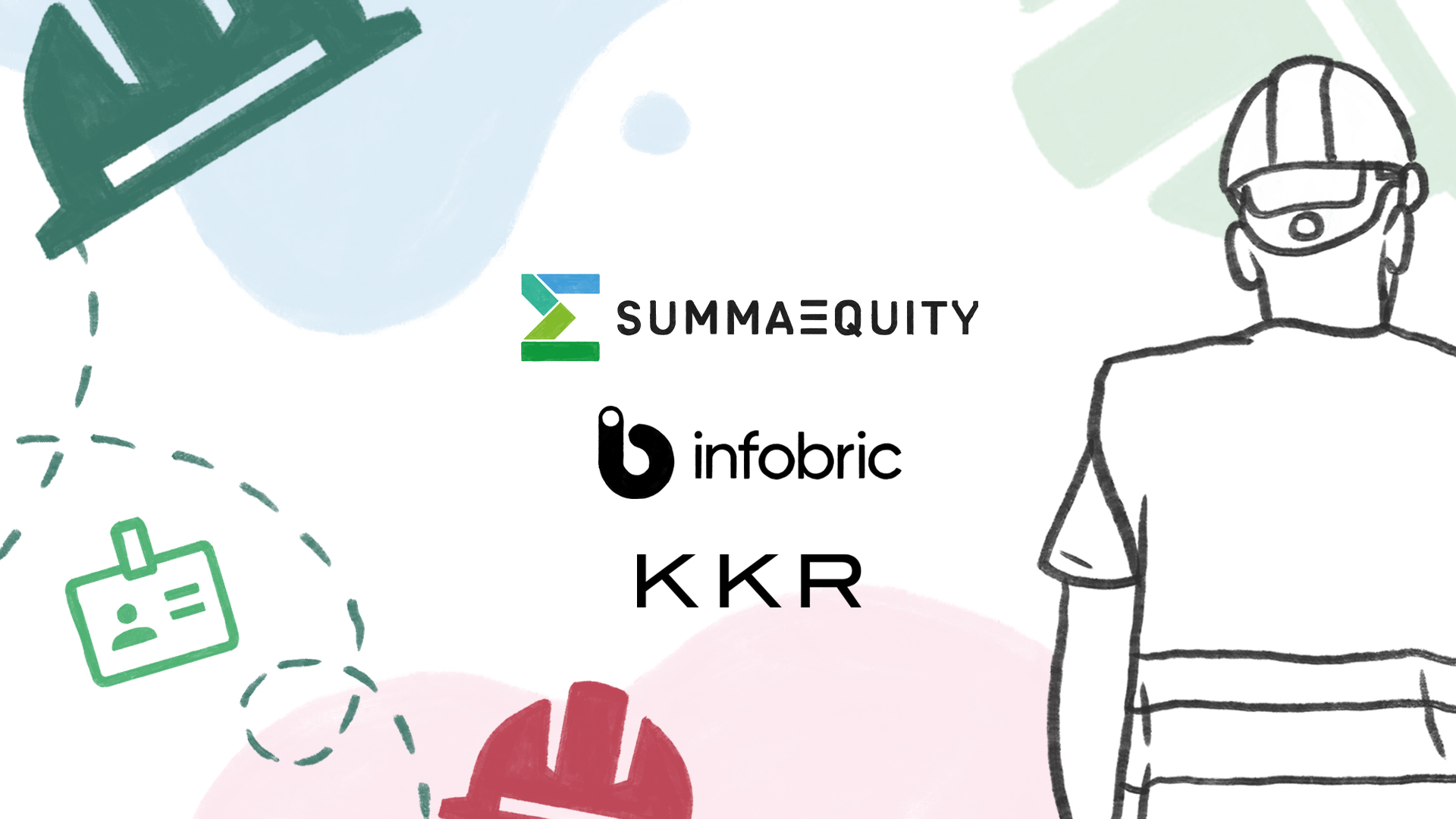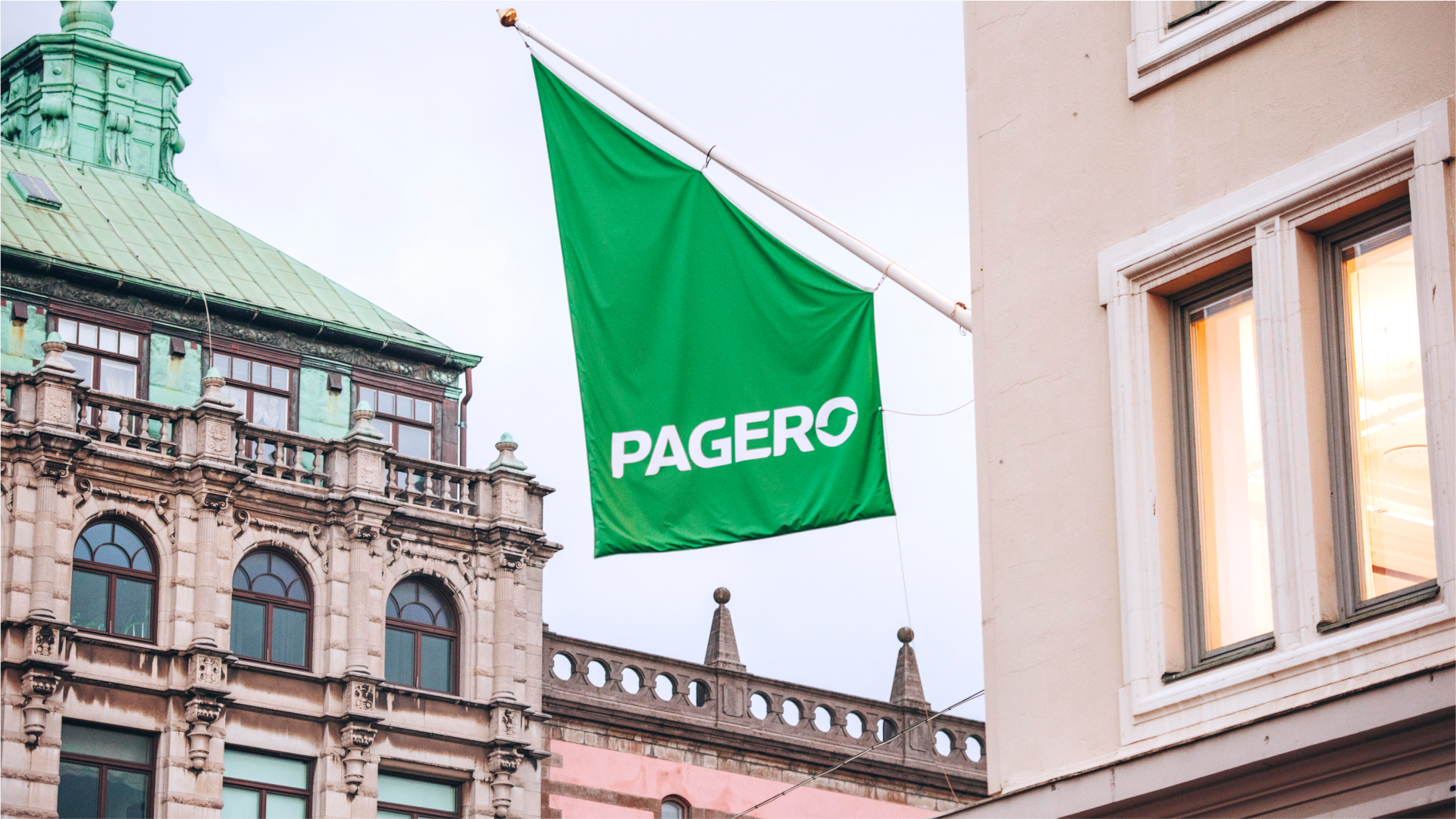Reflections on Summa’s early steps towards impact-weighted accounting for consumers
Summa Equity has once again partnered with the International Foundation for Valuing Impacts to advance Impact-Weighted Accounting for our portfolio companies. This article focuses on Summa’s learnings from two years of piloting Consumer IWA, as well as Summa’s broader ambitions and predictions for the future of social and environmental impact measurement.
- Impact
8 min read

Our hope is that the reflections in this article will contribute to the growing debate and dialogue around the impact of corporate activities on society and encourage asset managers to adopt impact monetization methodology. For more resources on the IWA methodology and guidance on implementation, please refer to the IWA Project @ HBS.
The case for impact accounting
There is a growing recognition of how corporate activities contribute to some of today’s greatest challenges, including wealth inequality and climate change. Regulatory standards have accordingly begun to reflect a growing desire to understand the impact companies have on a range of stakeholders, including employees, consumers, and the natural environment. Companies and investors are working to align on new standards but face little cohesion or consistency in how to comprehensively account for the impact created (and destroyed) for society and its stakeholders. Herein lies the potential of IWA.
IWA captures the positive and negative impacts of a company and translates those impacts into monetary terms. All companies generate impact on stakeholders, but few companies have clear metrics to measure and manage their impacts or processes to understand impact in relation to financial value.
IWA can help improve decision-making for management teams, investors, and consumers – for example, year-over-year analysis can enable GPs to understand how the impact of their portfolio has changed over time or highlight strategic opportunities to increase impact. Moreover, when industry-level analysis is available, GPs can understand how their portfolio companies compare against those within the same industry.
At Summa, we see impact accounting as a foundational tool for advancing a more stakeholder-centered economy. Given IWA is in its early stages of implementation, Summa acknowledges the complexity herein and is committed to translating the academic nature of the methodology into a standardized and accessible process for asset managers and their portfolio companies. As early adopters of IWA, we hope our learnings and reflections will encourage others to adopt and implement this methodology.
What we have learned
Last year, Harvard Business School (HBS) led the pilot Consumer IWA analysis for two Summa portfolio companies: Milarex, an international seafood company, and Pagero, a global network enabling automated business transactions. This year, we revisited the two pilots to advance their underlying impact frameworks to establish the baseline for future iterations of IWA analysis. Below, we discuss our key observations from revisiting these two pilots.
Please refer to Summa’s annual reports for more detail on the analysis:
Monetization is only as powerful as the data available
Consumer impact-weighted accounting can be understood through three main steps:
-
1.
Identifying and mapping the primary pathway(s) through which a company’s core products and/or services affect its consumers and their communities;
-
2.
Quantifying these impacts using company data to estimate the scale of impact and a combination of industry data and best-in-class research to capture change in consumer well-being; and
-
3.
Valuing the change in well-being using monetized coefficients.
This process depends on the data availability and quality of monetization assumptions attributed to social and environmental impacts.

Data availability
At the company level, it is common to track sales data like volume and type of sales. However, we found that companies often lack other consumer demographic data that is central to Consumer IWA analysis. Customer reach data, which is critical to understanding the scale of a company’s impact, is often unavailable for companies that sell their products to retailers.
In the case of Milarex, we got around this limitation by applying country averages of annual seafood consumption per capita and deriving an estimate of total consumers. To accurately estimate the health benefits of Milarex products, which are one of the largest drivers of its consumer impact, we made further assumptions around the demographics of the customer base based on public data and academic research (e.g., consumers by age group, average seafood consumption per consumer).
Pagero posed a similar challenge that is common among B2B companies. While Pagero tracks transaction volume, less emphasis is placed on end-consumer data, such as the number of unique individuals served on an annual basis.
At the industry level, data completion and availability also vary, often requiring additional research to inform underlying assumptions. For Pagero, we found a lack of quality, publicly available data on the global e-invoicing market, particularly for countries in the Global South. As a result, we estimated key inputs like regional market size, VAT tax recovery potential, and future e-invoicing market growth by leveraging what data was available publicly and making conservative assumptions.
In contrast to the e-invoicing market for Pagero, we found a range of high-quality, public sources with seafood industry data relevant for Milarex (e.g., seafood consumption, seafood as a proportion of annual food consumption by country). As IWA becomes a more standardized approach, our hope is there will be greater agreement within industries regarding the data that should be tracked, collected, and reported, particularly relating to end-consumers.
Quality of monetization assumptions
While there is an emerging consensus around the need for monetizing environmental impacts (e.g., cost of carbon), monetizing social impacts is less straightforward. To monetize the impact of seafood on consumers, for example, you might link nutrient consumption to a set of health benefits – but how do you capture the economic value of that health benefit? In the case of Milarex, we used academic literature to calculate the treatment cost avoided due to seafood consumption; however, there is often a difference between the underlying populations and geographies of a study and the company impacts to which we apply them.
Pagero also confronted limitations on this front – while tax recovery from increased VAT compliance is a key impact for Pagero, it is difficult to directly link increased e-invoicing activity with a reduction in the VAT gap for all geographies. While our approach was to apply rates of VAT gap reduction due to e-invoicing adoption from academic sources, the few sources available were specific to a small set of countries. Together, these examples illustrate a need for industries to work towards sourcing and developing studies that validate key company impacts on consumers, as well as establishing universal monetization coefficients for their products and services.
Sector-wide collaboration and knowledge sharing is critical to scaling impact accounting
Concerning adoption levels of IWA, only a few market actors are engaged to date. To achieve its potential, IWA requires further methodological development and iterative pressure-testing and piloting to “get it right,” which IFVI is currently working on in partnership with the Value Balancing Alliance. For the business sector to optimize and benefit from IWA in the near term, asset managers and portfolio companies must coordinate to build up resources and capabilities. In the long term, learnings from industry testing must be codified into methodologies that include standardized impact calculations, enhancing the comparability and decision-usefulness of IWA.
For companies in sectors lacking publicly available market data like Pagero, this might look like teaming up with peer companies to commission e-invoicing market data from sector experts or co-creating and iterating on impact monetization frameworks for shared business segments. Starting with a set of shared resources will promote conducting analysis with fidelity, encourage laggards to experiment with IWA, and push us collectively towards cross-company impact measurement.
For companies like Milarex, where quality market data is relatively available, but impacts are moderately understood, there is an opportunity for peer companies to engage each other and advance their perspective on the most material impacts of their products on consumers and how to accurately capture those impacts. For example, companies producing similar foods may engage each other to align on the key health benefits from consuming those foods. These companies could also explore whether there are impacts beyond nutritional benefits – and the economic benefits of improved nutrition – that are material to report to investors and other stakeholders.
As more practitioners commit to and invest in the IWA methodology, there will continue to be improvements in data availability, measurement standards, industry-specific frameworks, and impact monetization infrastructure.
The next few years
Summa is committed to continuing to work with IFVI to build impact-weighted accounting capabilities because we believe in the need to evolve the economy’s intuition around creating value for society. We also believe that expectations around the role that companies play (or do not play) in protecting the environment and prioritizing people will only continue to increase moving forward. As we move to institutionalize IWA and impact accounting more broadly, we encourage other asset managers to collaborate and share their experiences with impact monetization.
Summa welcomes collaboration and thought partnership – please reach out if you’d like to connect!
Acknowledgments: Thank you to Zoe Bulger for lending her guidance and mentorship throughout the analysis and during the completion of this article, and to Ryan Daulton for his expertise and guidance on the impact-weighted accounting methodology.
The Summa Summarum newsletter
Sign up to our newsletter
Latest readings
News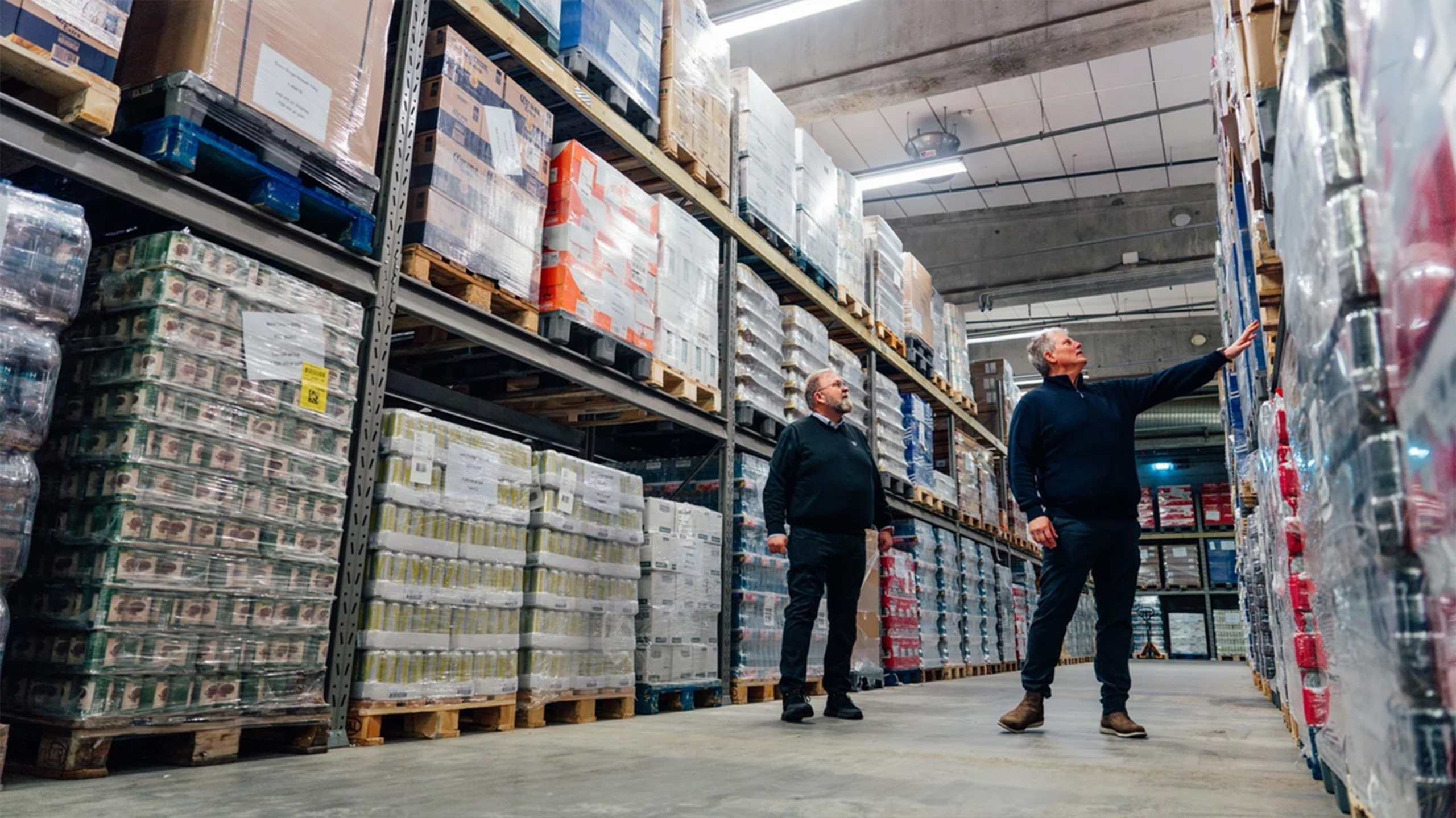
Holdbart and Summa Foundation donate NOK 2 million to support food access in Norway
Read more
Securing the backbone of the digital economy: strengthening cybersecurity for SMEs
Read more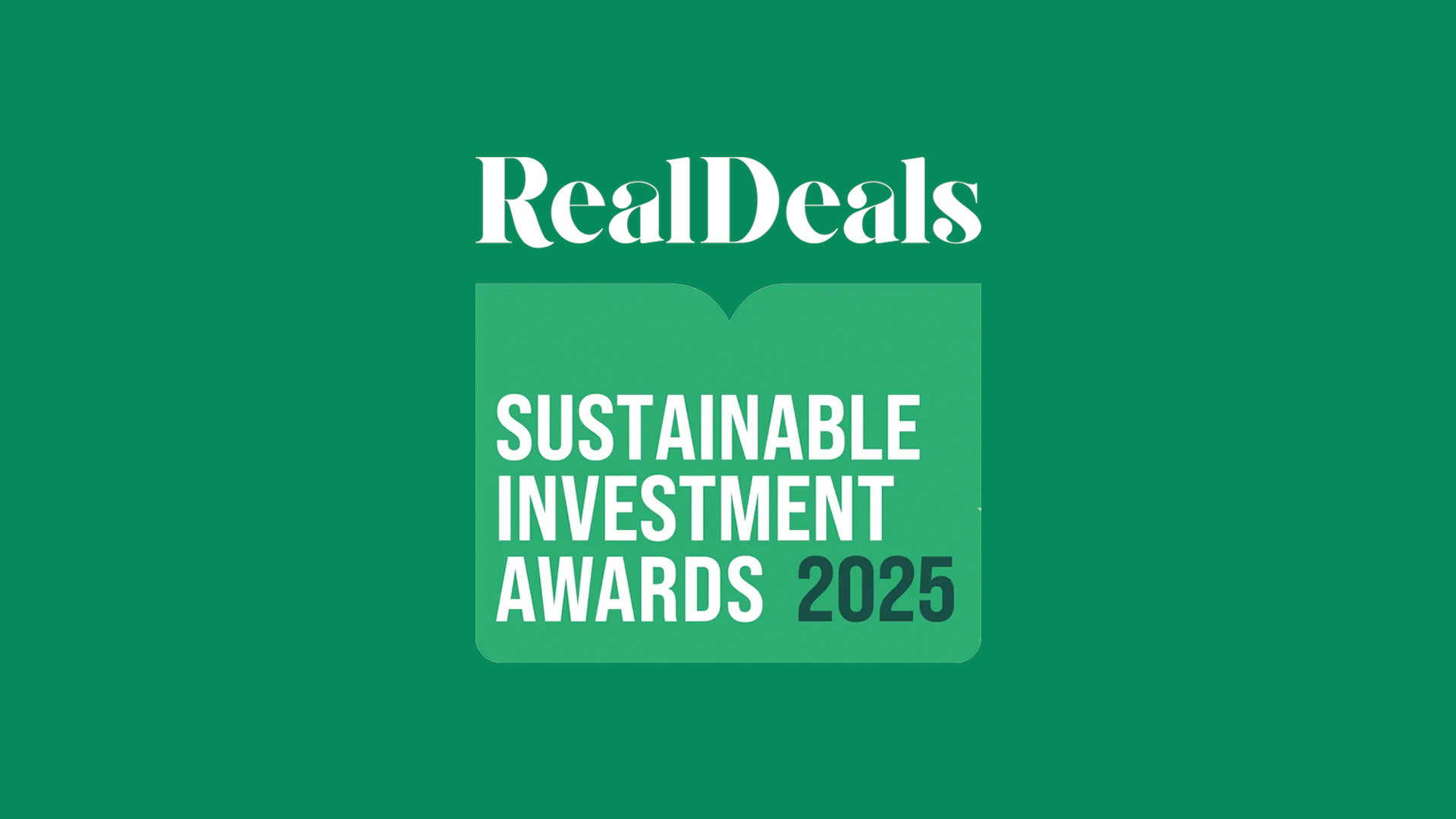
Summa Equity wins double honors at Real Deals Sustainable Investment Awards 2025
Read more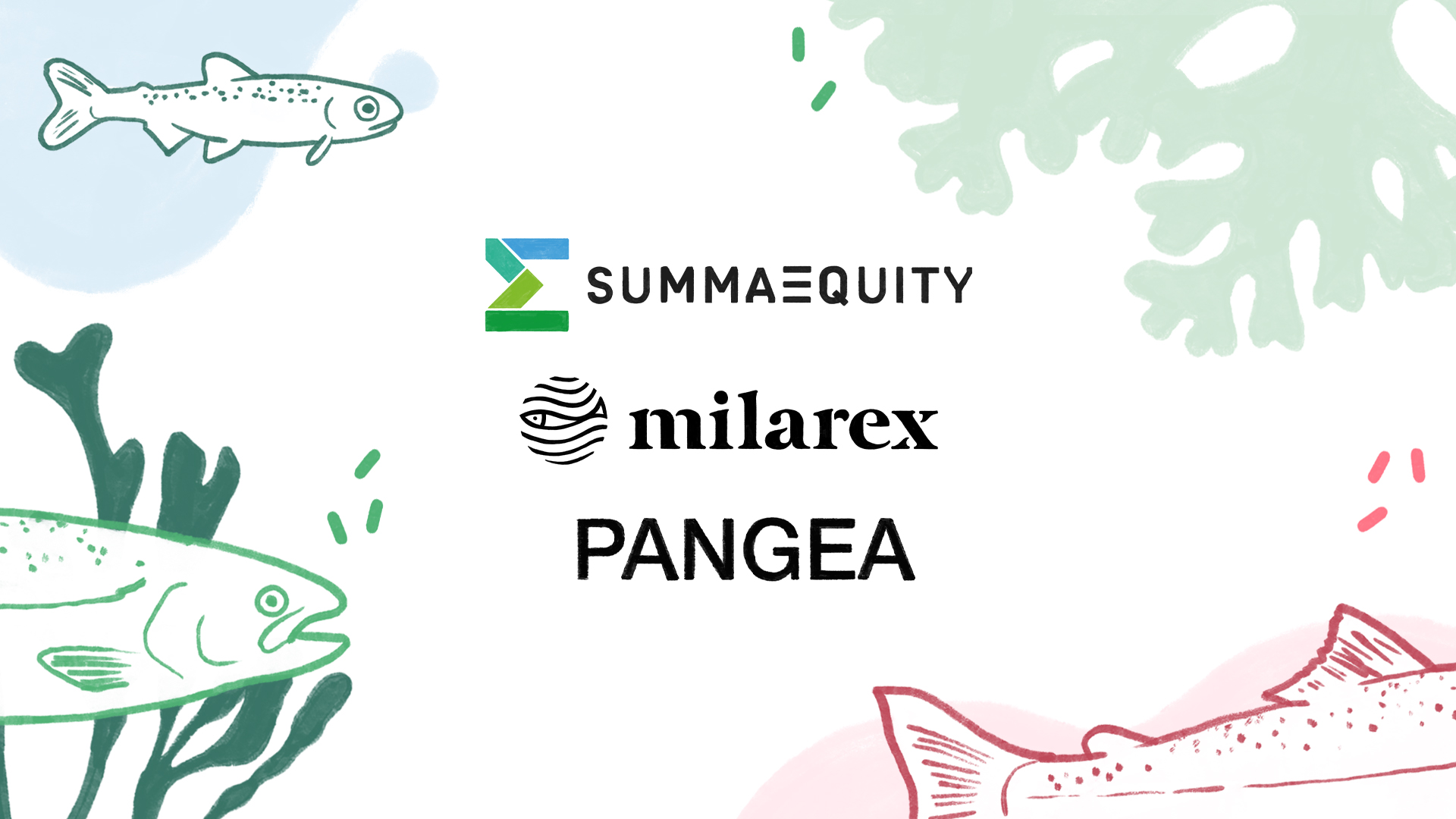
Summa Equity exits Milarex
Read more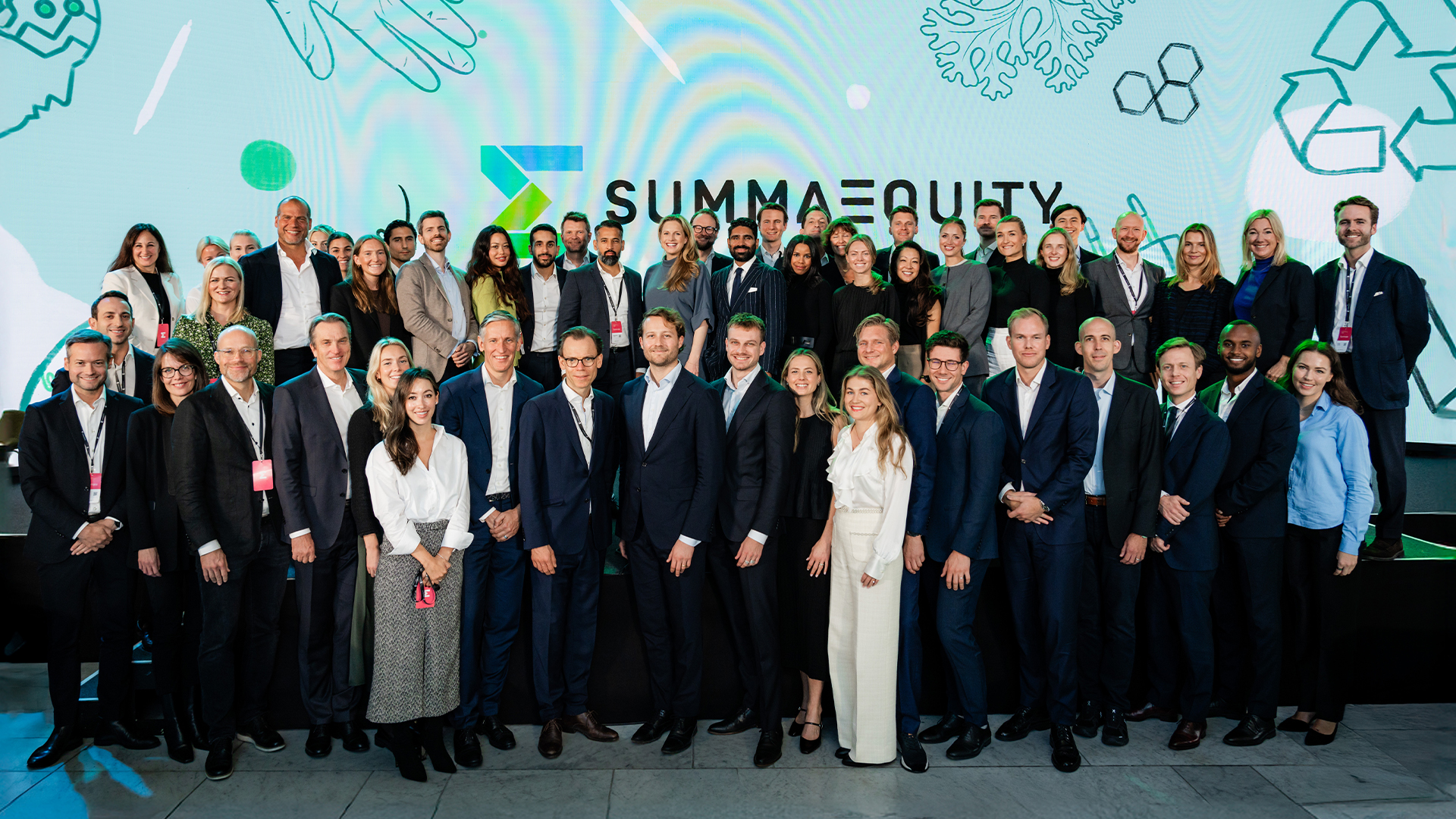
Reflections from the Summa Summit and our 9th Annual Investor Meeting 2025
Read more